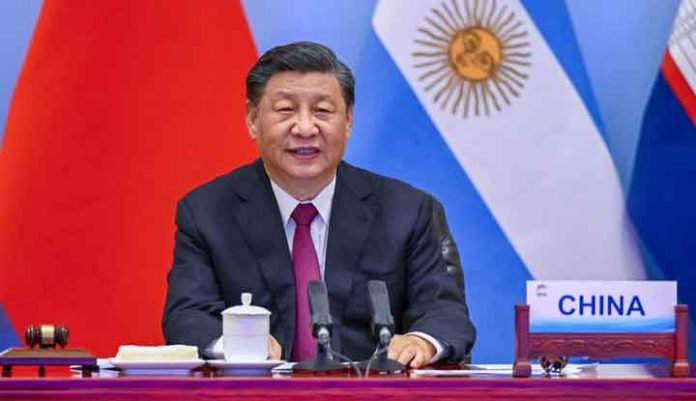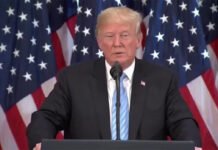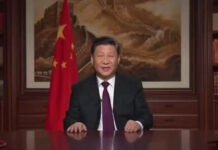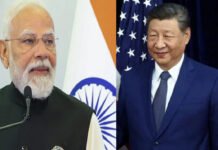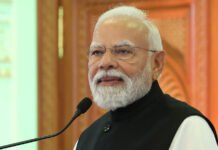Beijing/Washington — U.S. President Donald Trump has reignited global trade war tensions by threatening to impose an additional 50% tariff on all Chinese imports, sending shockwaves through financial markets. In a fiery rebuttal, China’s Commerce Ministry has vowed to take “resolute countermeasures”, calling the move a “unilateral act of provocation.”
“If America persists in its ways, China will fight till the end,” declared Beijing, in one of its most hardline trade war statements to date.
The intensifying standoff has sparked fears of recession, global supply chain disruptions, and a further decline in investor confidence as two of the world’s largest economies lock horns yet again.
🔥 What Triggered the Clash?
Trump’s aggressive post on Truth Social came after Beijing responded to earlier U.S. tariffs with fresh curbs on rare mineral exports and restrictions on American firms.
“If China does not roll back its long-standing trade abuses by April 8, the U.S. will impose a 50% tariff starting April 9,” Trump posted.
Adding fuel to the fire, the U.S. recently slapped retaliatory tariffs on multiple nations:
46% on Vietnam
34% on China
32% on Taiwan
26% on India
25% on South Korea
24% on Japan
20% on the European Union
🛡️ China’s Retaliation: Strategic, Calculated, and Global
China has branded the U.S. threat as “blackmail diplomacy”, stating its actions are a legitimate defense of sovereignty, economic stability, and global trade norms.
In a major strategic shift, China now seeks to present itself as the stable alternative to the U.S., calling for other nations to reject “American economic bullying” and side with Beijing in building an open, cooperative global marketplace.
“Regardless of international volatility, China will continue to open its economy,” said the Foreign Ministry.
🤝 Behind Closed Doors: China’s Outreach to American Giants
In a move to counter Trump’s aggression with diplomacy, Deputy Commerce Minister Ling Ji met with leaders from 20 U.S.-funded enterprises — including Tesla and GE Healthcare. The message was clear:
“Be a voice of reason. Help preserve global supply chain stability,” urged Ling.
This smart economic messaging is designed to woo multinational firms, bolster investment confidence, and isolate the U.S. diplomatically.
🧠 What This Means for the World: Inflation, Recession, Realignment
The tit-for-tat tariff war threatens to:
Spike inflation in multiple countries
Sever key supply chains
Deepen trade divisions between East and West
Trigger global market sell-offs
Financial analysts warn of a “2008-level economic disruption” if the rhetoric turns into reality. Markets in Asia and Europe already saw a dip following Trump’s post.
🔮 China’s Global Pivot: A Future Without U.S. Leadership?
As Trump alienates long-time allies and trade partners, China is rapidly positioning itself as the “economic anchor” of a post-American trade world. By hosting global investors, offering stability, and denouncing protectionism, Beijing is working overtime to recast its image from adversary to ally.
🧨 Conclusion: The Battle Lines Are Drawn
With April 9 looming, the world watches closely. Will China escalate? Will Trump back down? Or is the global economy headed toward an irreversible fracture?
👉 Stay with us for minute-by-minute updates on the U.S.-China trade showdown of 2025.

